Starting the day off with breakfast in Otsuka, we followed it off with visiting Chiba University’s Center for Oriental Medicine. Dr. Katsumo explained to us the variety of herbs used for holistic healing. We were able to smell and taste the herbs which was such a fun experience! A presentation was made by a pharmacist and an acupuncturist explaining the importance of identifying illnesses through tongue color. Our group met at a Lutheran Church to learn about Japan’s history of Christianity. To end our day, we ventured to see the famous Shibuya crossing and the Hachiko Statue!
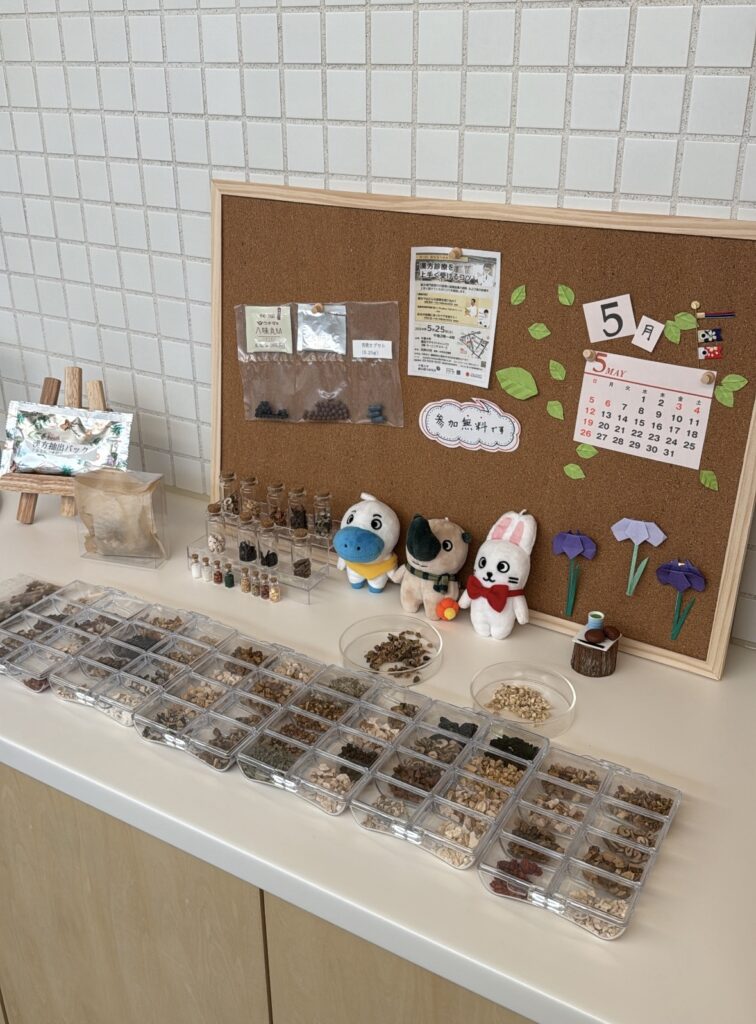
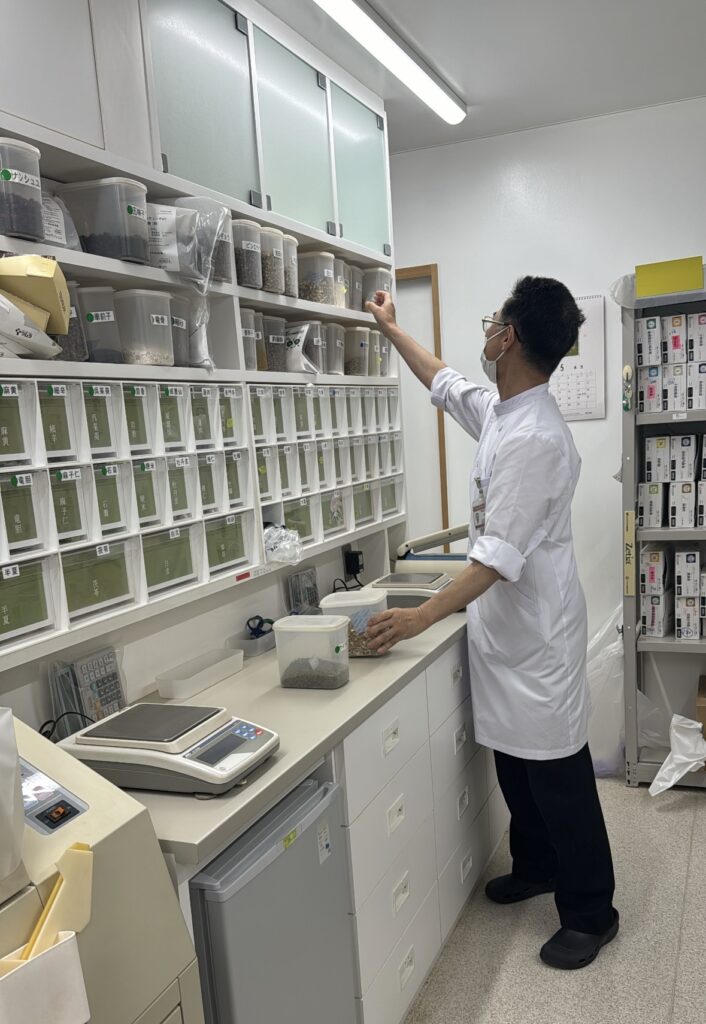
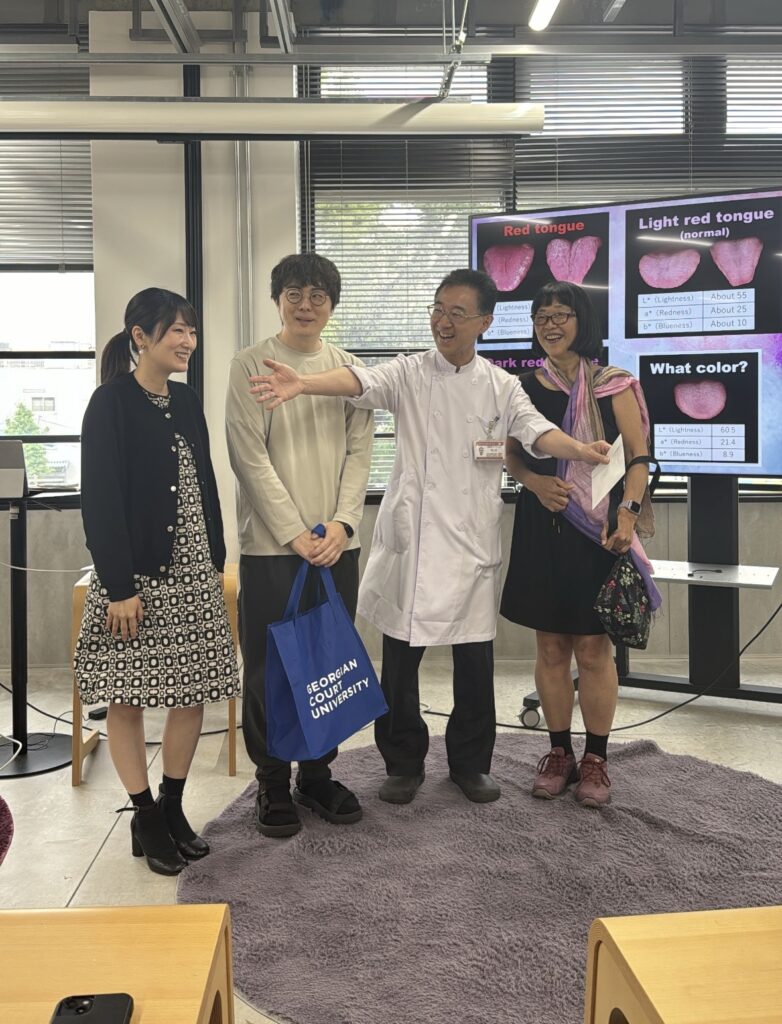
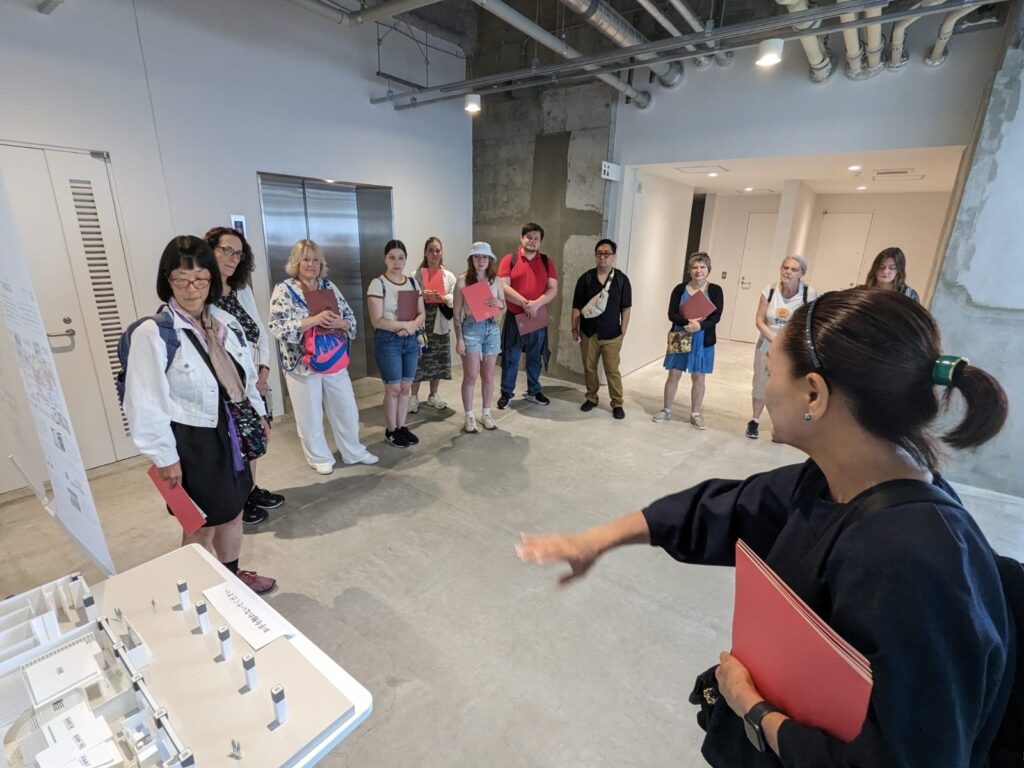
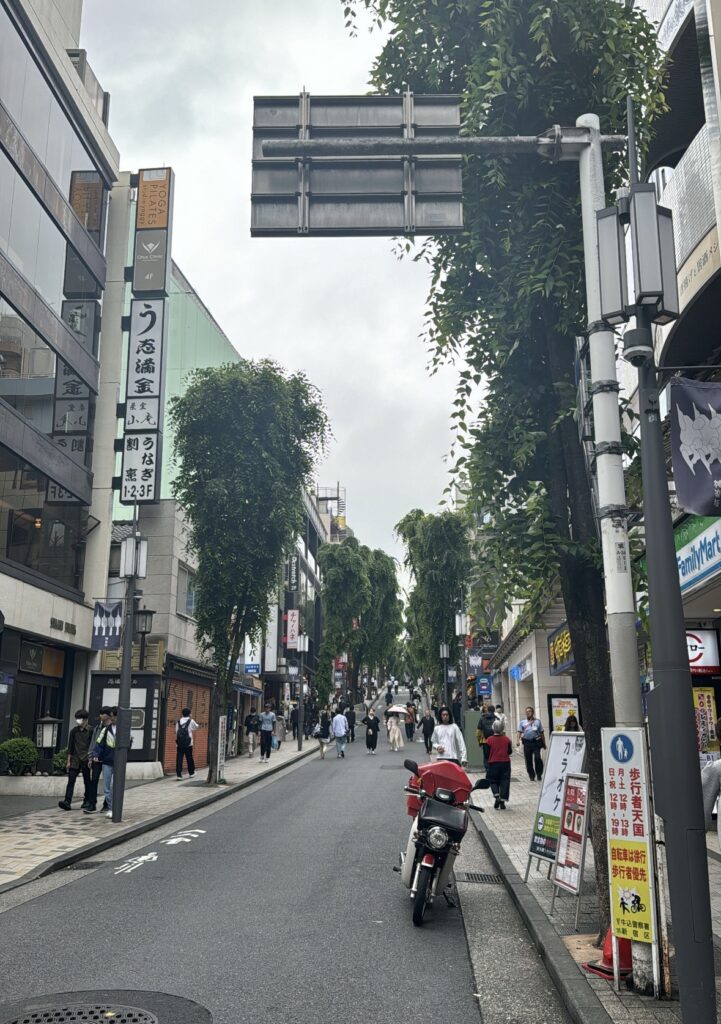
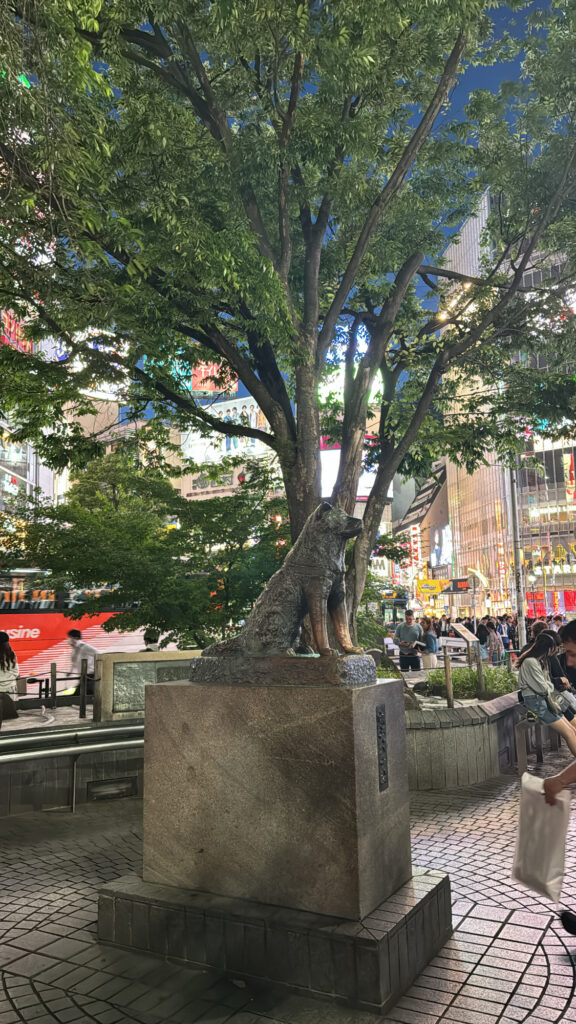
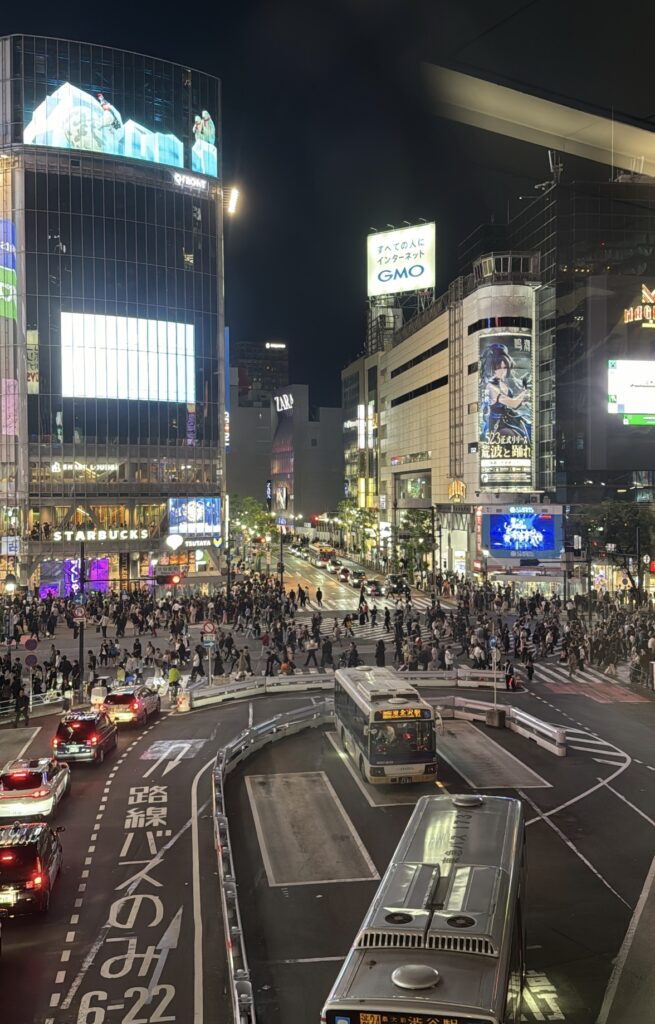

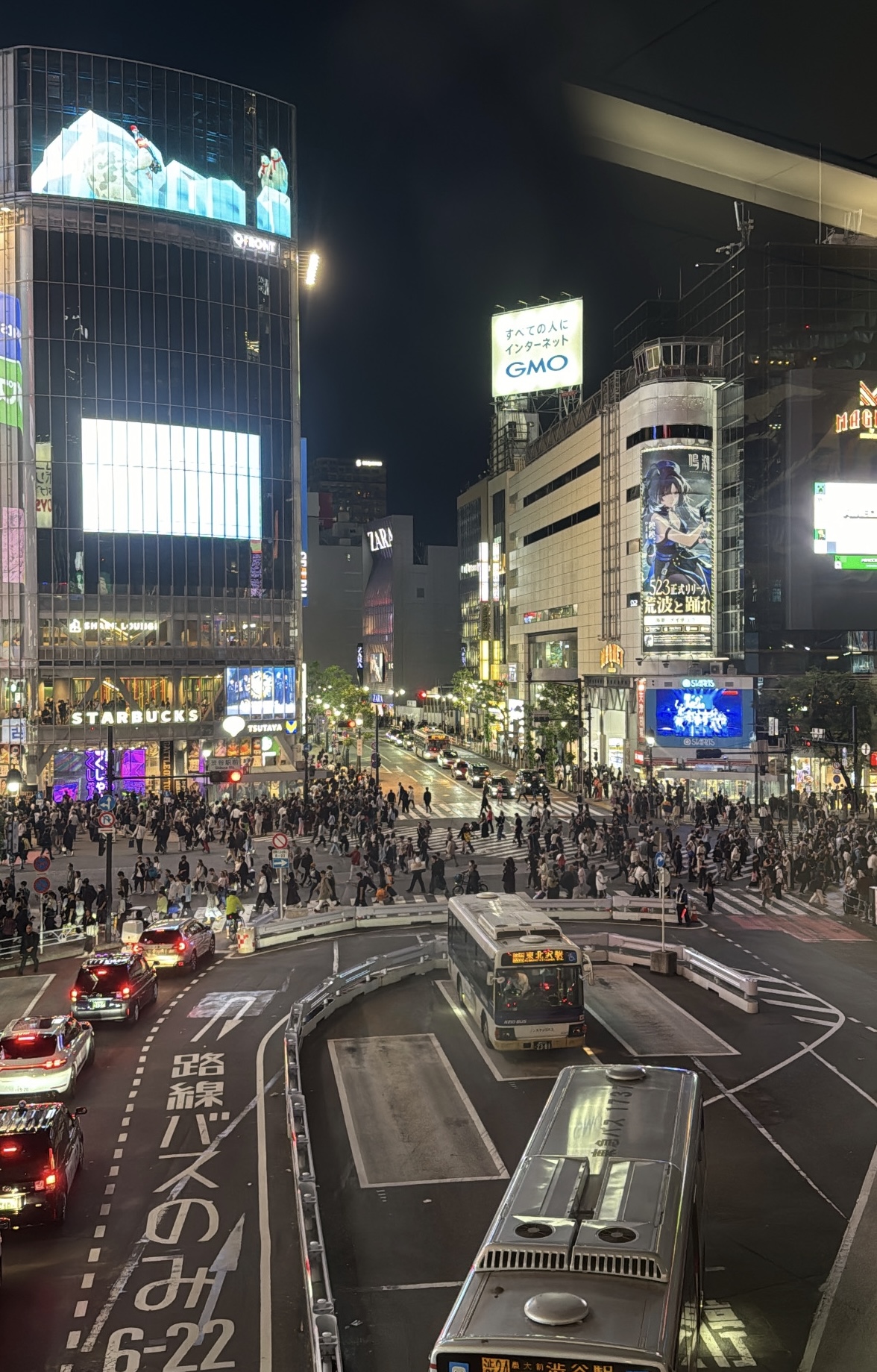
Thank you, Taylor for the blog post! I love the photos. It was indeed another packed day. All of us feel as though Otsuka is our 2nd home now. We were welcomedt by Dr. Katsuno at Sumida Kampo Clinic just like their patients are welcomed by their clinicians. The exam room featured L-shaped sofa inspired examining table and doctor’s table to facilitate communication and eye contact. Light fixture as well as light adjustment allows the clinician to plan their treatment environment with care. The waiting room has hand-made origami inspired flowers which happened to have medicinal purposes. Some of us even had the chance to taste them (orange peel, licorice root, cinnamon, etc.)
At lunch time, we were able to explore Iidabashi and Kagurazaka where I used to live and work. During lunch hours, no cars were allowed in Kagurazaka which is called “Hokousha Tengoku” (Pedestrians’ Heaven).
At the St. Paul Lutheran Church, we received the handout about the history of Christianity in Japan. It was a good lesson for me to learn about perspective taking. We had a meaningful group reflection hour after we returned to our hotel.
We were able to travel by public transportation all day including near rush hour period. Looking forward to visit Taiyouji tomorrow.
Sachiko
We visited Sumida Kampo Clinic, Chiba University Hospital, to learn more about Eastern medicine methods of healthcare. The holistic approach is apparent as soon as you enter the building, which is designed to alleviate patient stress. The doctor patient relationship is structured as a partnership rather than an authority figure and subject. Empowering the patient is paramount in health care here, which i appreciate. Herbs are used for healing along with acupuncture. We also were given a brief on recent research regarding the color of the tongue as an indicator of potential disease. I was impressed with the TIAS diagnosing apparatus they designed to objectively measure tongue lightness, redness, and blueness. It is a fascinating research theory with positive implications if correlations are found.
We also visited St. Paul’s Lutheran Church to learn a bit about the history of Christianity in Japan. Christianity is a minority here but tenacious, with a hidden small underground practice surviving 200 years while Japan closed itself off from the world. These hidden Christians were in the southwest area of the island. Most current Christians in the Tokyo area are expats or blended families.
When studying various religions, what I have observed over the years is that there is a seed of common ground in all of them. I prefer tolerance coming from a place of love rather than fear, recognizing the shared belief in a higher power no matter what we choose to call it. Seeing our connectedness as our truth will bring more kindness to the world. Operating from the misplaced belief of the separate self brings misery. Choose kindness.
We also saw the Hachi statue and Shibuya scramble crossing.
-Sheila